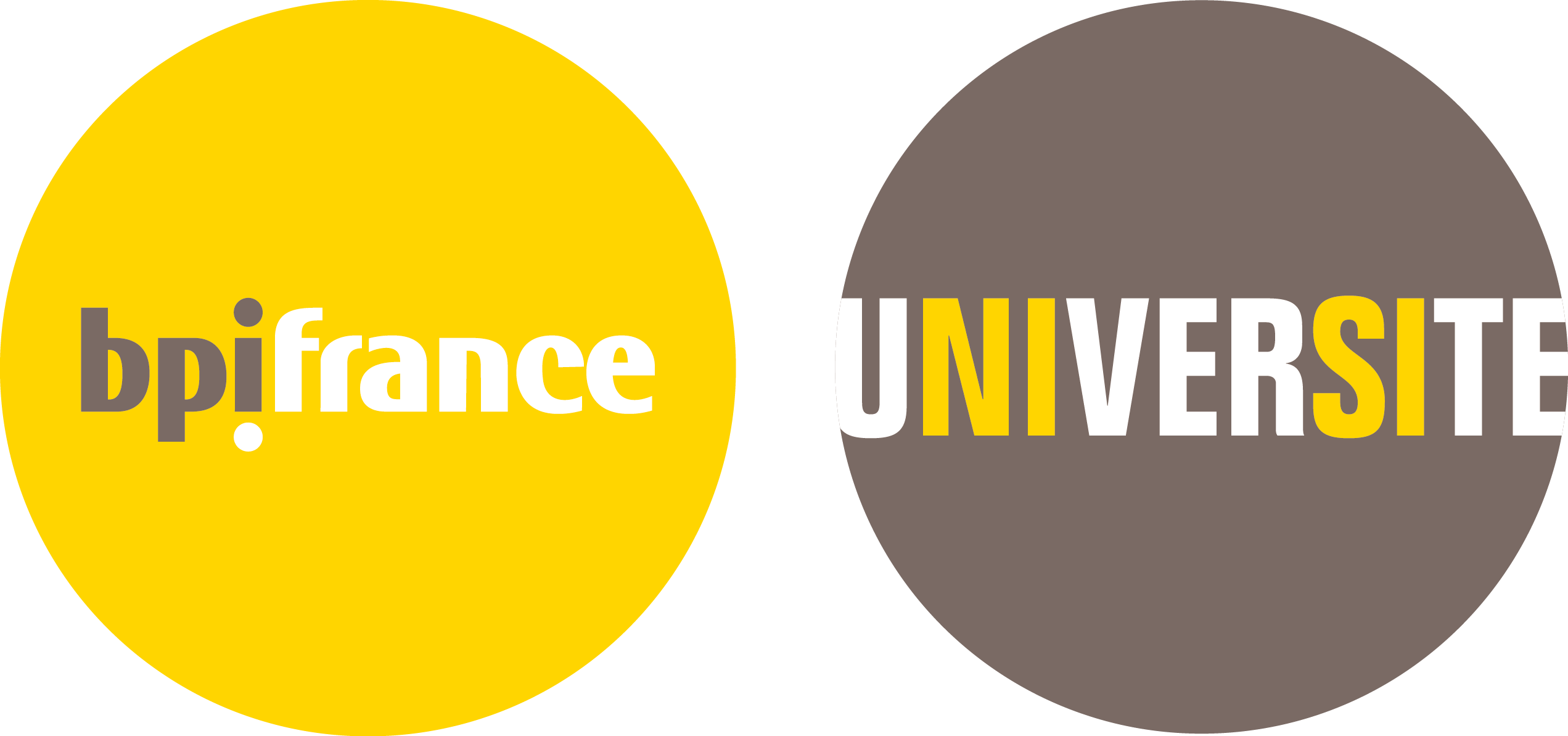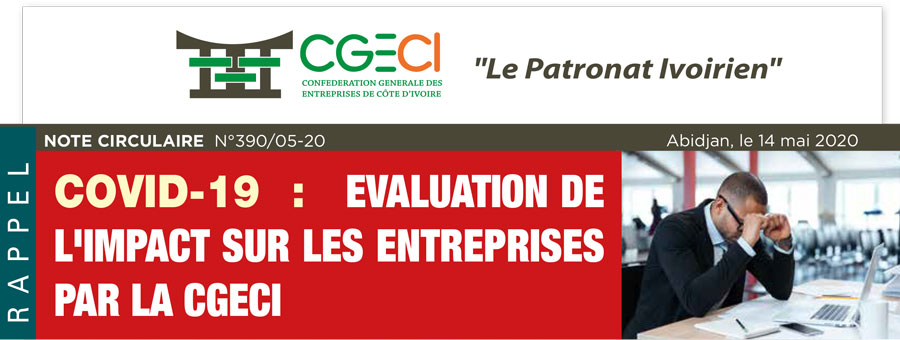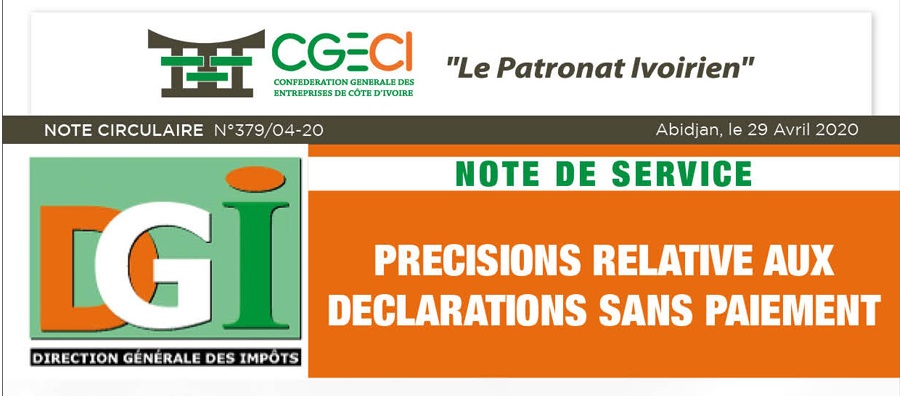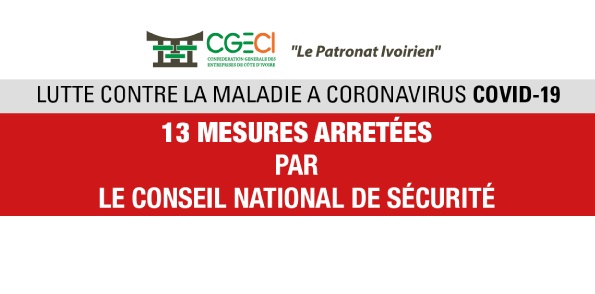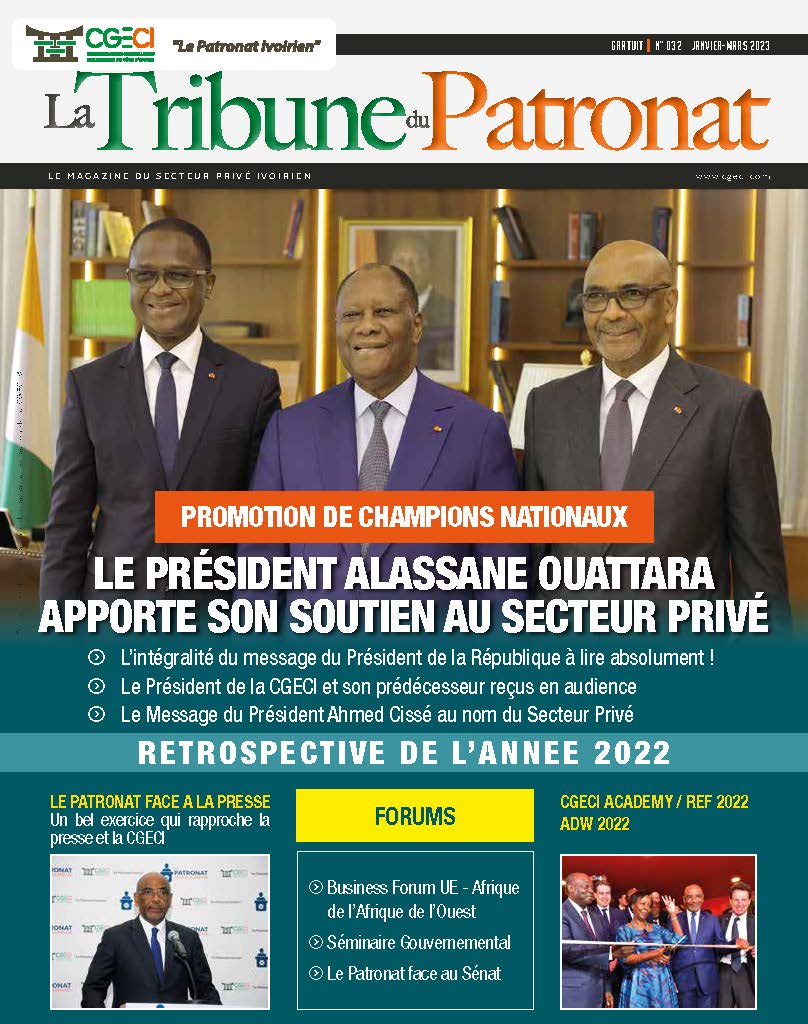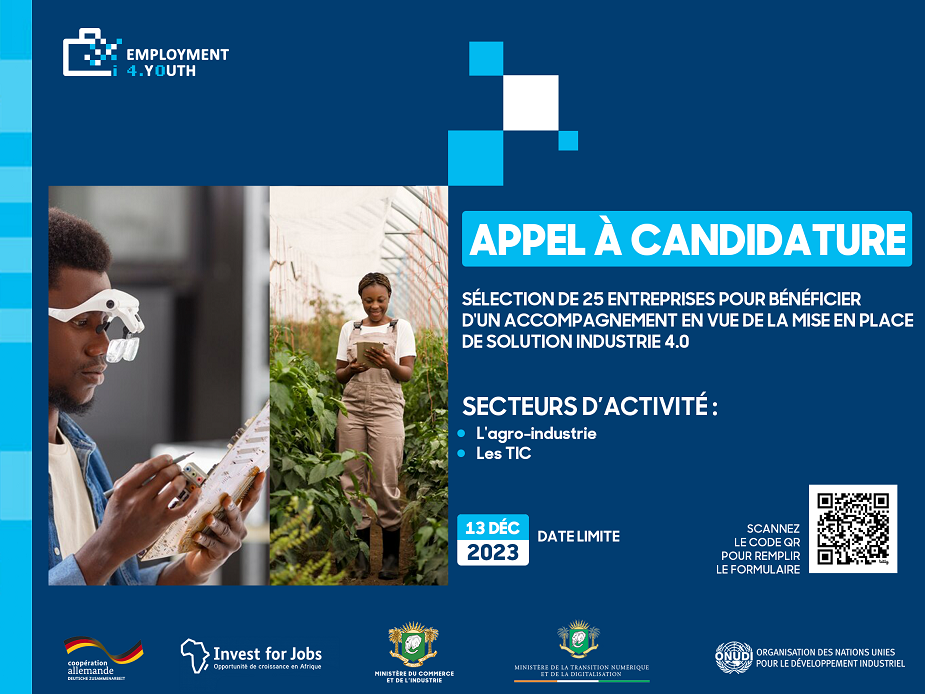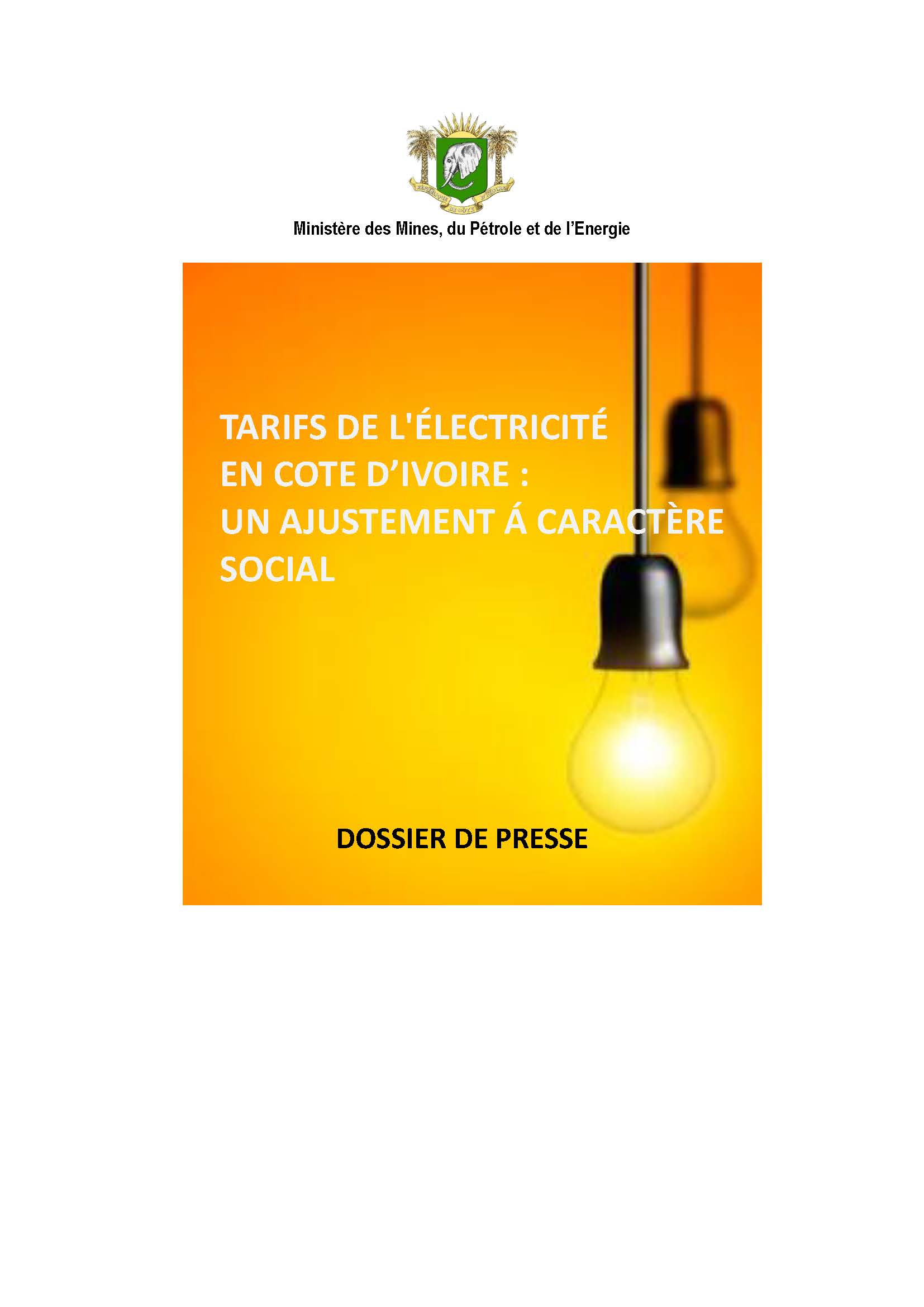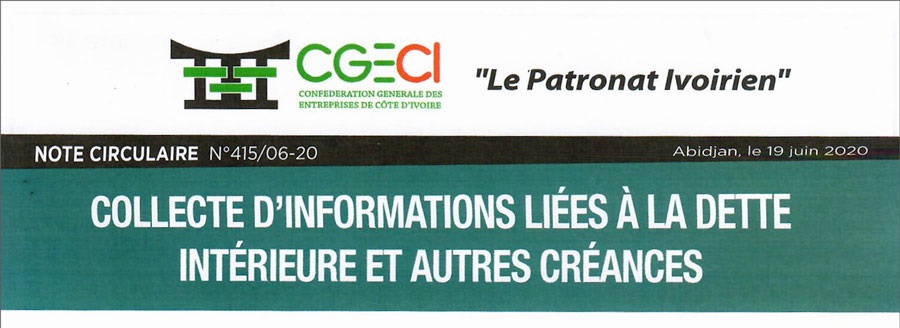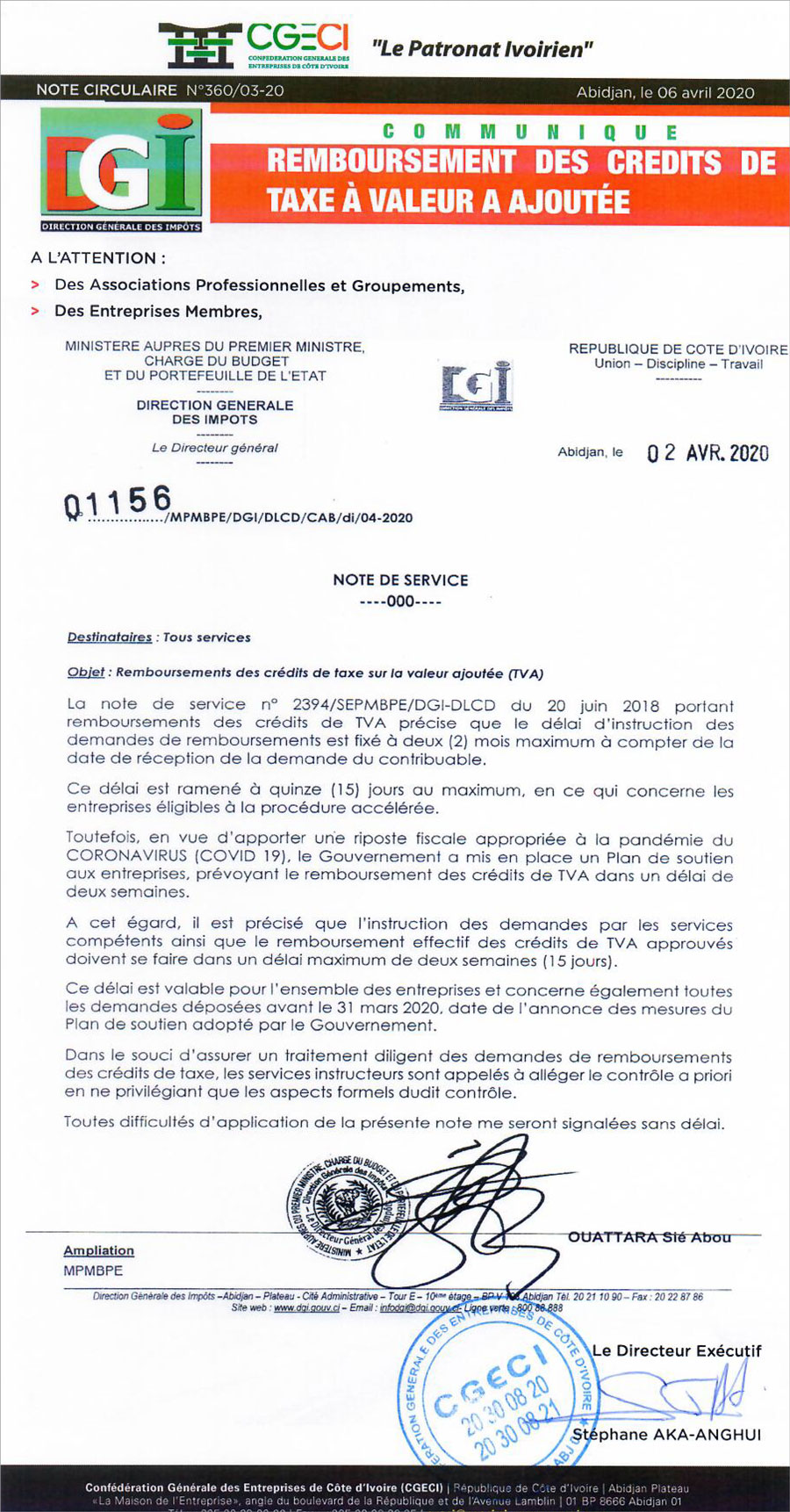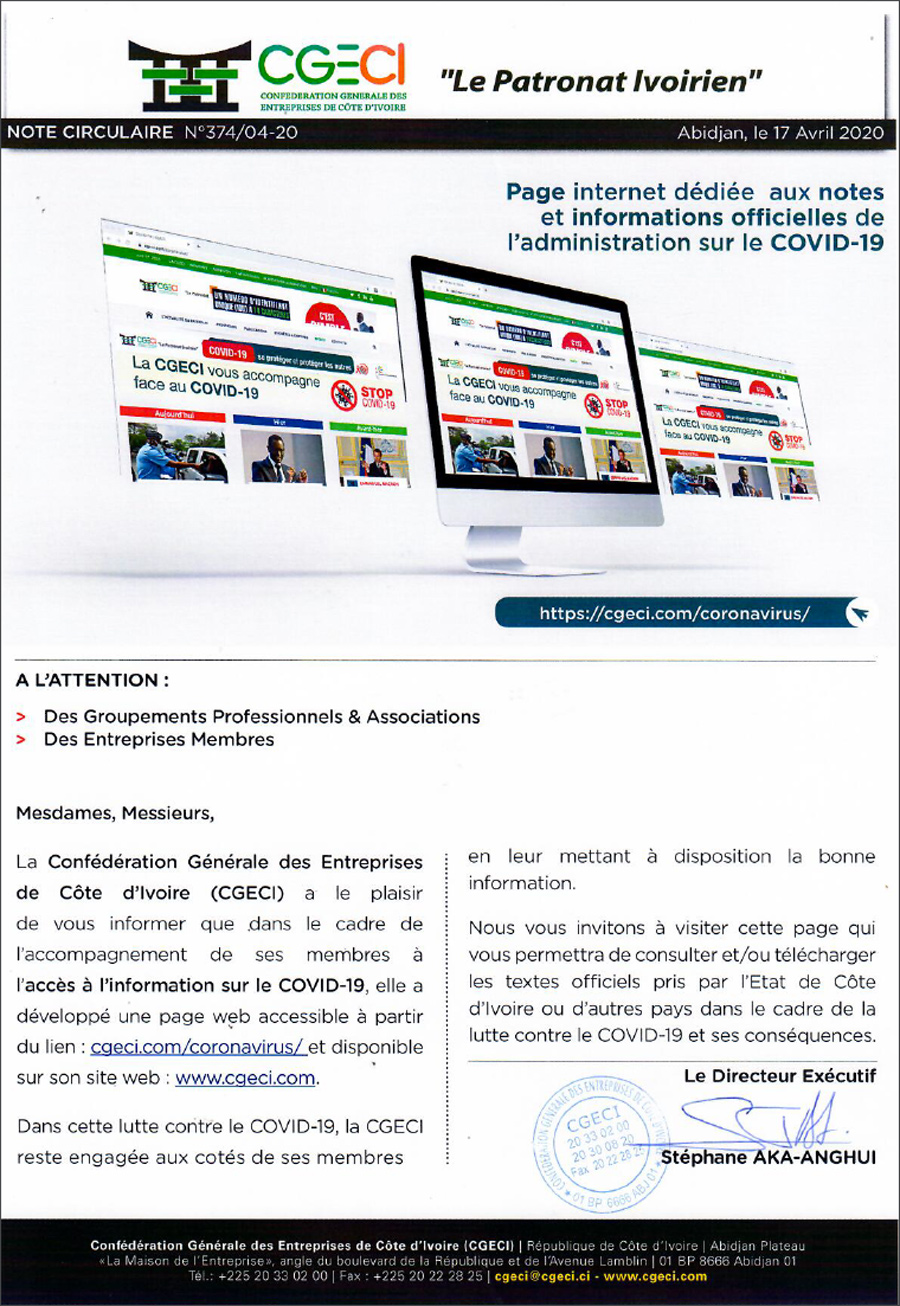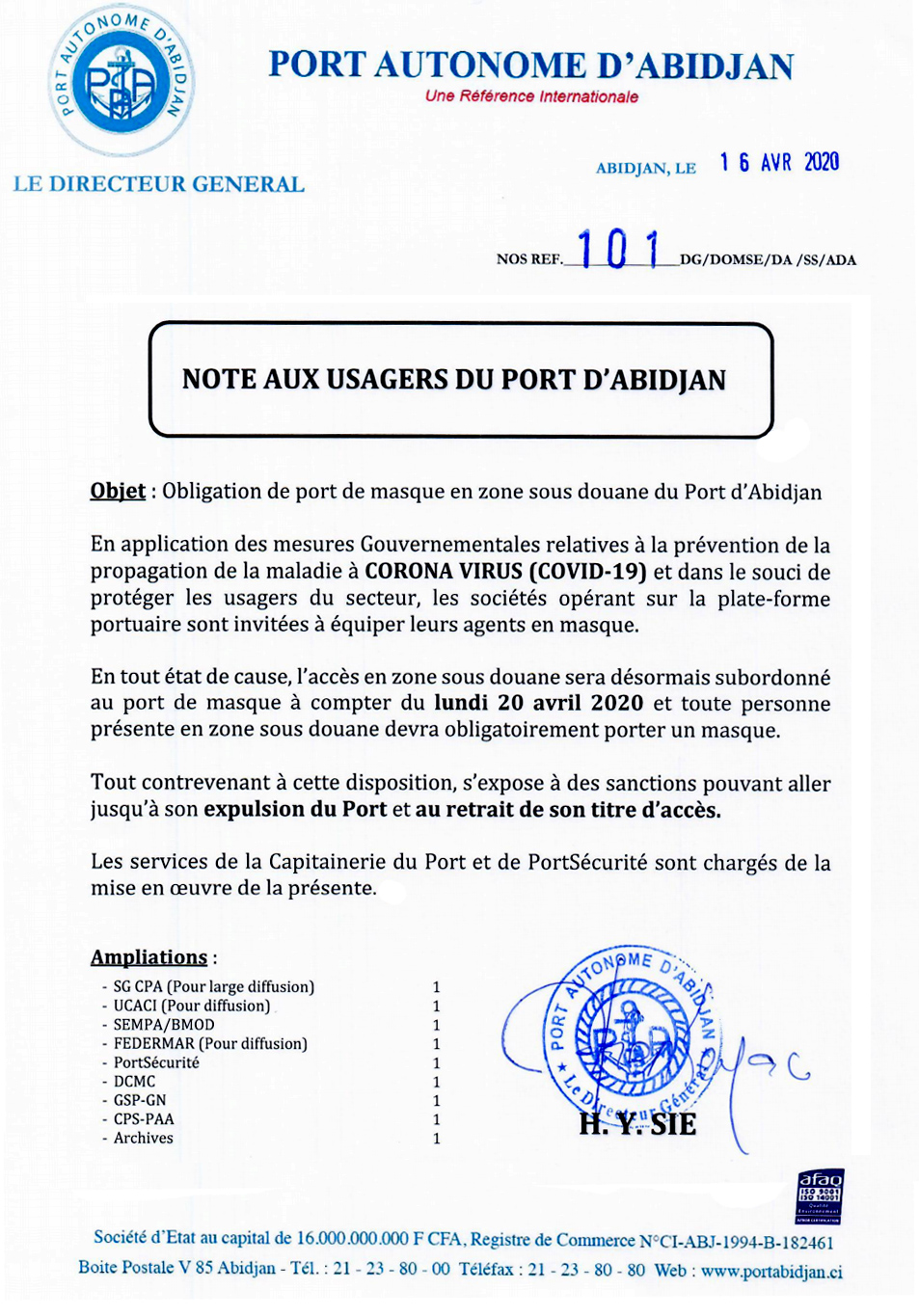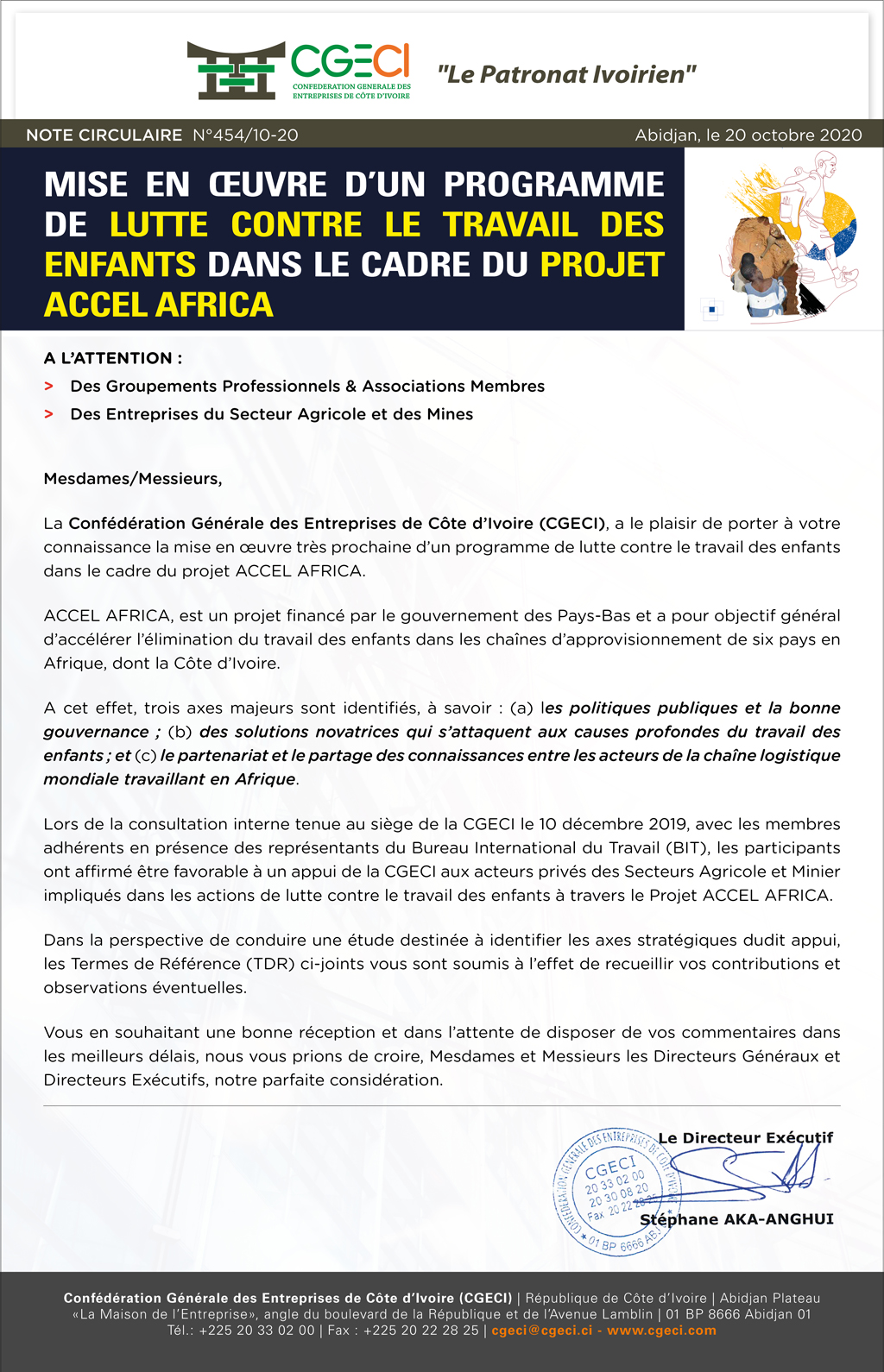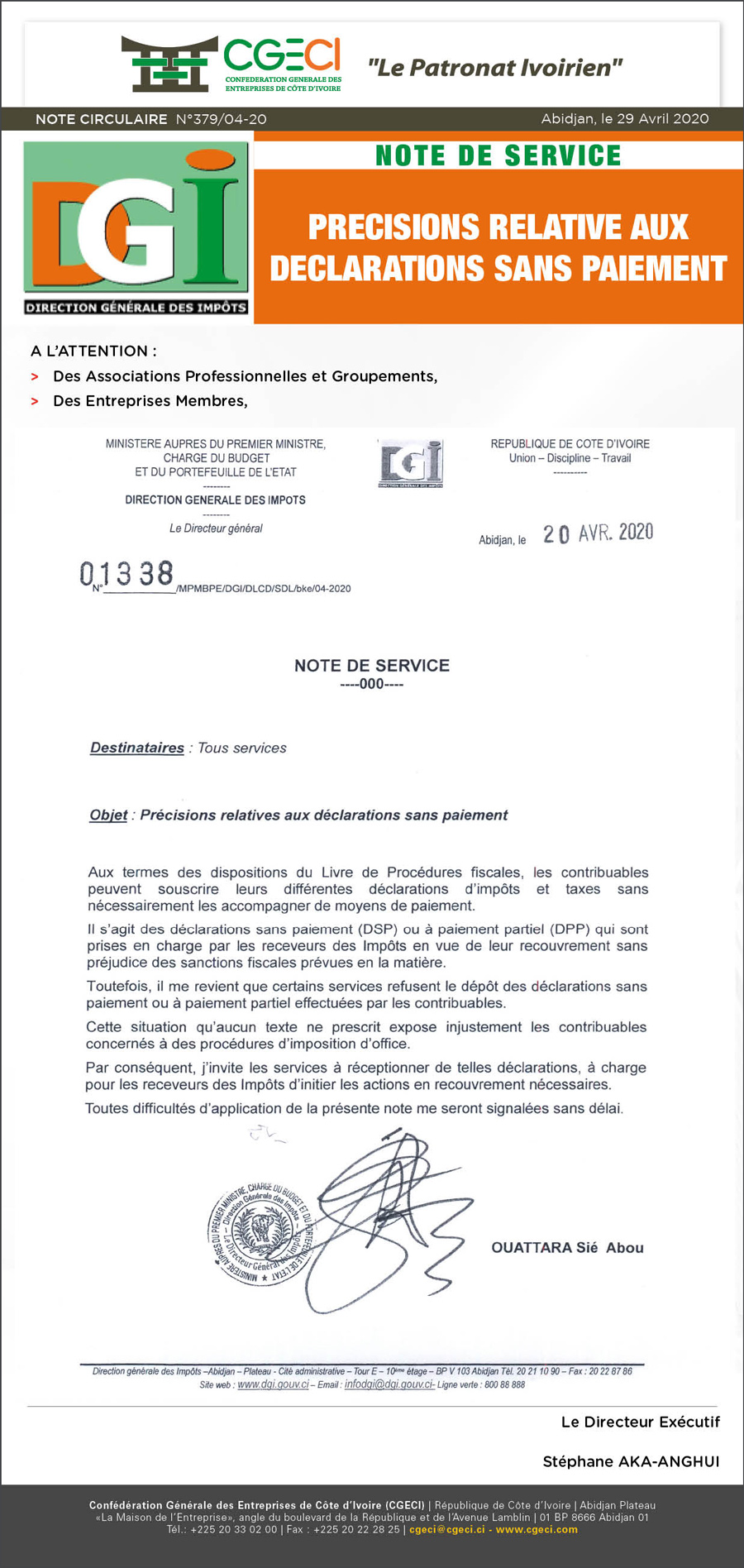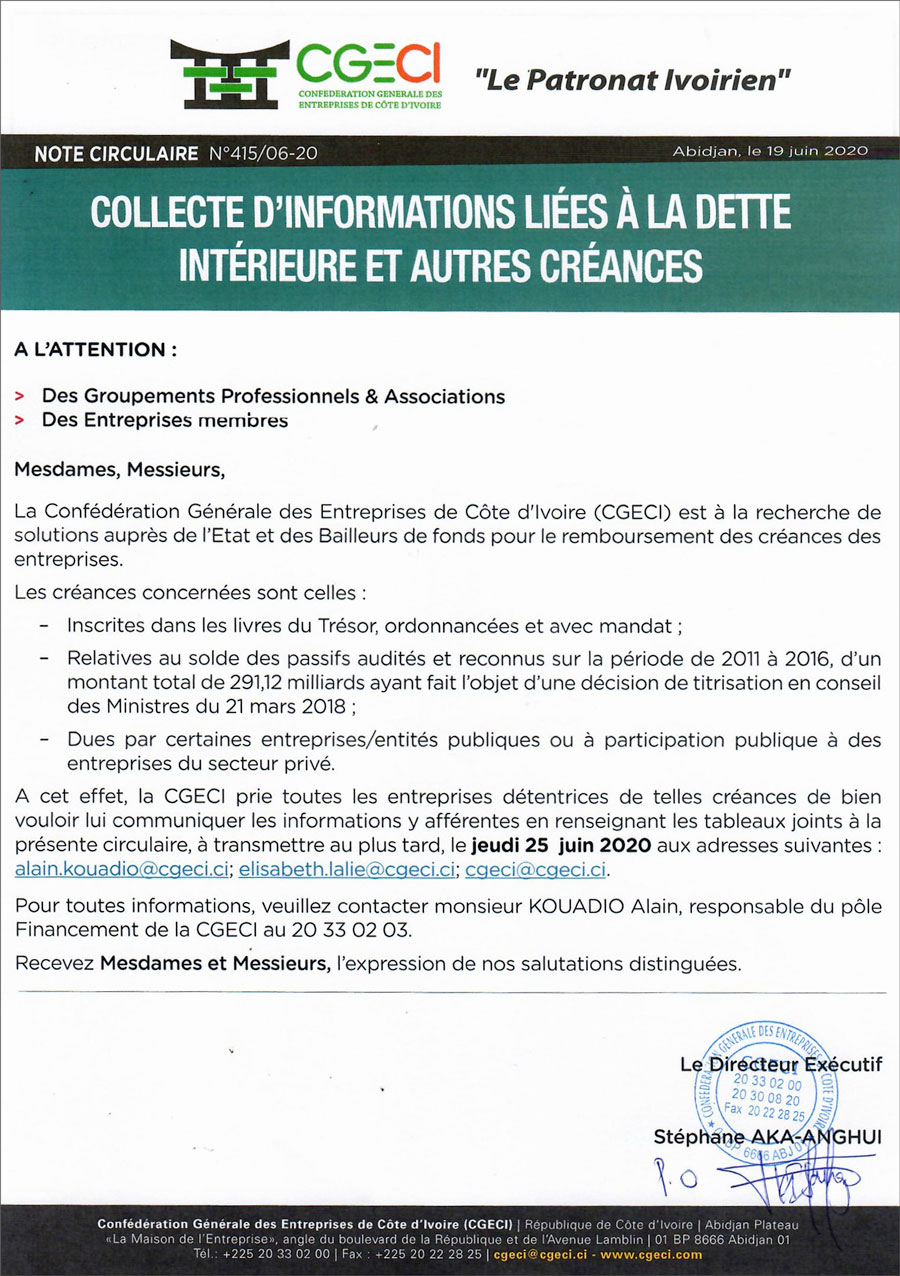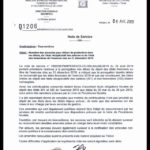More than 50 of Ivorian economic operators benefit from 21 to 22 January in the House of the company to the Plateau (Abidjan), training on common external tariff (CET) and the economic partnership agreement (EPA), initiated by the General Confederation of businesses of Côte d’Ivoire (CGECI).
Initiated by the Commission Customs Regional Integration and Transport (CDIRT) of CGECI, with several themes, including, « the Presentation of the CET, additional measures for the protection of the CET: TAI and TCP, the negotiations of regional EPAs, the General Presentation of the regional EPA, providing access to the regional market and the development of the EPA (PAPED) component. »
This include more than fifty Ivorian economic operators, importers, exporters, freight forwarders, general managers and executives of companies, company personnel support operations customs clearance and the development of the company and representatives of professional organizations, companies like MOOV-CI, SIFCA and Nestlé-CI.
According to the permanent Secretary of the CDIRT of the CGECI, Sogoné Bi Dama, the year 2015 is a year of upheaval, by the implementation of the ECOWAS CET, which takes into account the free trade area and customs union.
The first object in the common market is to create a customs union within which the exchanges are free of any obstruction but separated from third countries, by a common border between Member States. This border limits external common tariff (ECT) or customs territory.
Several categories of products of the ECT ranging from 0 to 4 categories were listed. Among other things, essential social goods (category 0), property of first necessities such as cocoa bean (category 1), cocoa (category 2) butter, and those that the region considers it necessary for its development, clothes, chocolate and other goods of final consumption (category 4).
With regard to the additional measures of protection of the ECT, we have the tax adjustment to the import (TAI) and the temporary tax to import (TTI).
Innovations at the level of the ECOWASECT are now in force. It is, inter alia, the migration of tariff lines. There is a change in the number of tariff lines by rate band for the UEMOA and ECOWAS ECT, thus 612 lines change rate band of ECT UEMOA to the ECOWAS ECT (251 on the rise including 130 in the 5th band and 361 downward).
The objective of this seminar is to provide, inter alia, enterprises, a better knowledge of the EPA and the TEC and a better appreciation of the impact of the EPA and the ECT on economic activity. This training should enable participants to better understand the criteria of classification of the products in the different categories of the ECOWAS ECT, and be able to choose the instrument of defense appropriate to each situation and better understand the access offer and the impacted sectors.
Element of trade policy, his knowledge is a necessity for States as for businesses. It should be noted that the completion of work on the construction of the TEC/ECOWAS has been essential to the conclusion of the economic partnership agreement (EPA) between West African region and the European Union, particularly as regards the development of the offer of access to the market.
Indeed, the advent of World Trade Organization(WTO) in 1994, has forced the European Community and its Member States, on the one hand and the other members of the ACP group to conclude new trade agreements compatible with WTO rules, no later than December 31st, 2007.
In this sense, the ACP countries are organized into six regional negotiating groups; each of these groups negotiating with the EU its own APE, different from that of the other.
With regard to the Africa region of the West, composed of ECOWAS and of the Islamic State of Mauritania, the negotiations started in October 2003 and culminated in the conclusion of an agreement initialled in July 2014.






